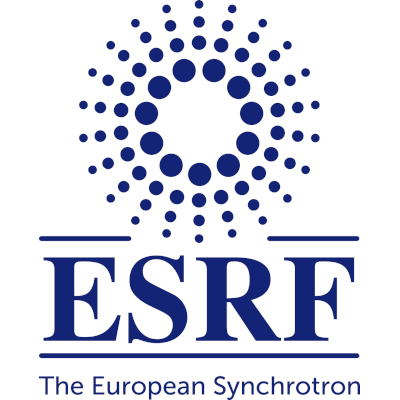“The ESRF is the world’s brightest X-ray source and a centre of excellence for fundamental and innovation-driven research in condensed and living matter science”
The ESRF – The European Synchrotron Radiation Facility – is the most intense source of synchrotron-generated light, producing X-rays 100 billion times brighter than the X-rays used in hospitals. These X-rays, endowed with exceptional properties, are produced at the ESRF by the high energy electrons that race around the storage ring, a circular tunnel measuring 844 metres in circumference.
Each year, the demand to use these X-ray beams increases and near to 9000 scientists from around the world come to Grenoble, to “beamlines”, each equipped with state-of-the-art instrumentation, operating 24 hours a day, seven days a week.
Thanks to the brilliance and quality of its X-rays, the ESRF functions like a “super-microscope” which “films” the position and motion of atoms in condensed and living matter, and reveals the structure of matter in all its beauty and complexity. It provides unrivalled opportunities for scientists in the exploration of materials and living matter in many fields: chemistry, material physics, archaeology and cultural heritage, structural biology and medical applications, environmental sciences, information science and nanotechnologies.
Thirty years ago the ESRF made history as the world’s first third-generation synchrotron light source. Today, the ESRF continues to lead the way with the Extremely Brilliant Source (EBS), a brand-new generation of high-energy synchrotron, improving X-ray performances of brilliance and coherence once again by a factor of 100. This new concept, based on innovative technology, paves the way for a new standard of synchrotrons around the world. ESRF-EBS will contribute to tackling global challenges in key areas such as health, environment, energy and new industrial materials, and to unveiling hidden secrets of our natural and cultural heritage through the non-destructive investigation of precious artifacts and palaeontological treasures.
- Director General: Francesco Sette
- Director, Administration Division: Luis Sanchez-Ortiz
- Director of Research: Harald Reichert
- Director, Accelerator and Source Division: Qing Qin
- Head, Instrumentation Services and Development Division: Jean-Claude Biasci
- Head, Technical Infrastructure Division: Christian Nevo




